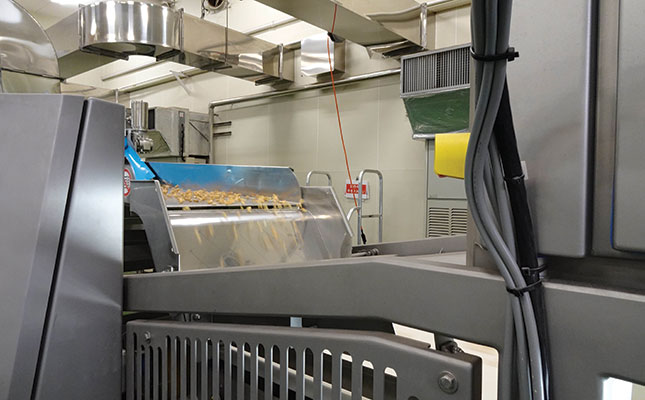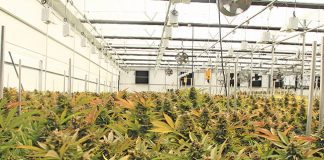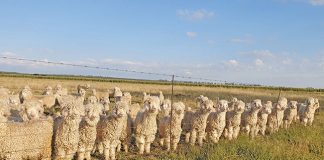
Photo: Supplied
Inaba Peanuts produces more types of food than its name suggests. Established as a maker of rice crackers in 1918, the business began to specialise in processing peanuts in 1947. It now also produces snacks such as almonds, cashews, walnuts, chestnuts, Japanese dried plums and fried beans.
Inaba’s almonds and cashews became so popular that the company faced two challenges. The first was to increase output to keep up with demand. However, production rates were restricted by bottlenecks due to manual sorting.
The second was to reduce variations in product quality, but the traditional method of manual sorting made consistency difficult to achieve.
Inaba’s president and CEO YoIchi Ogura found solutions to both these challenges when he attended FOOMA JAPAN, the international food machinery and technology exhibition, in 2017.
Visiting the stand of TOMRA Food, Ogura said he quickly realised that TOMRA’s sorting machines could help Inaba achieve higher production volumes and consistent product quality.
What’s more, TOMRA’s sorters could help Inaba reduce food waste and improve yield.
“This is important not only for business efficiency but because consumers increasingly expect food producers to adopt sustainable business practices.”
Ogura was also encouraged by the fact that TOMRA Food works closely with customers, regarding working relationships as “partnerships with shared objectives”. And he was reassured to learn that TOMRA was willing to demonstrate its machines’ capabilities by running tests with customers’ materials, and to prove that the results of these tests were repeatable, Ogura said.
He was also told that TOMRA’s engineers fine-tuned machine settings for each food application and production plant to ensure optimal performance.
Right for the job
When TOMRA reviewed Inaba’s requirements, it was clear that the company needed the TOMRA 5B optical sorting machine, and Inaba duly took delivery of one in September 2021.
“Even though we’d assigned a large number of skilled personnel to our almond and cashew nut lines to remove foreign materials and defective products, and even though these people were very good at their jobs, we weren’t happy with the variation in quality,“ Ogura said.
“The other problem was that our workforce was ageing, and inspection work on production lines doesn’t appeal to the younger generation. Finding people to do this work was becoming a significant issue.
“The TOMRA 5B has solved these problems. There’s no longer any variation in quality. The standards of the end product are very stable, even when the quality of infeed materials varies. And the machine works faster than people can,” he explained.
“Moreover, with its touchscreen control, operators like the way TOMRA’s machine is easy to set up and control.”
TOMRA’s sorter has also delivered two other significant benefits: it has helped Inaba reduce food waste, and made it possible to sustain high production volumes.
“Thanks to the way TOMRA’s engineers respond promptly and remotely to our needs, there has never been a decrease in production volumes. And there’s minimal machine downtime. It’s only for routine maintenance,” Ogura said.
Unwanted objects
The TOMRA 5B is designed to remove unwanted objects from processing lines quickly. Nuts are spread uniformly on the machine’s infeed belt. Foreign material and product imperfections are detected by on-belt 360° surround cameras, which see the parts of the product that other machines cannot, as well as off-belt cameras, a statement by the company said.
By adding a laser to the machine, it’s possible to detect and eject more than 98% of foreign materials such as plastics.
The laser is also highly effective at detecting almond shells. A few milliseconds after inspection, unwanted objects, identified by colour and shape, are rejected in one or two separate reject streams by small-pitch ejector valves positioned at the end of the infeed belt. The good produce then continues along the processing line.
According to the statement, through three-way sorting, it’s possible to sort products into three categories: for accepting as saleable product, rejecting as unsaleable product, and recuperating for use in processed foods. This reduces food waste, enhancing profitability.











